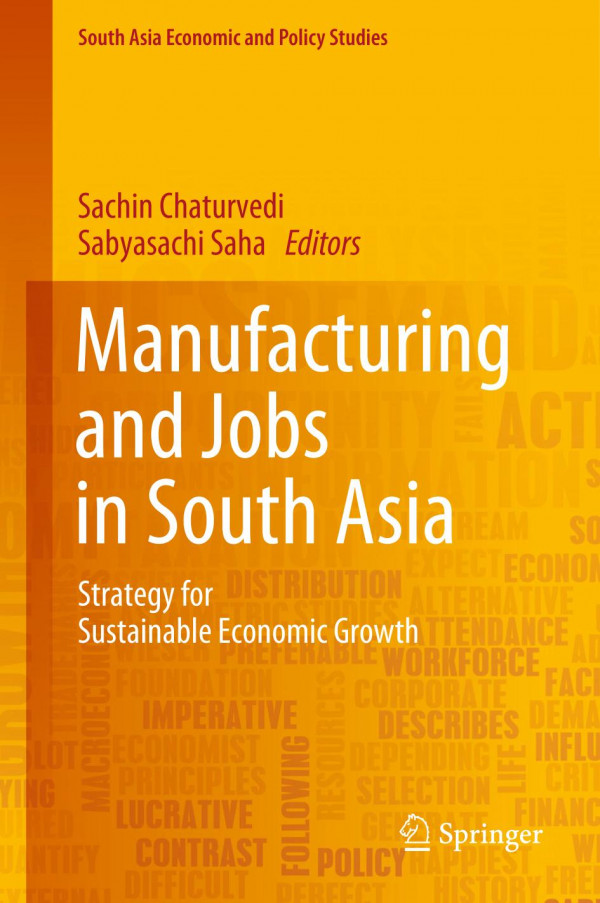

Most ebook files are in PDF format, so you can easily read them using various software such as Foxit Reader or directly on the Google Chrome browser.
Some ebook files are released by publishers in other formats such as .awz, .mobi, .epub, .fb2, etc. You may need to install specific software to read these formats on mobile/PC, such as Calibre.
Please read the tutorial at this link: https://ebookbell.com/faq
We offer FREE conversion to the popular formats you request; however, this may take some time. Therefore, right after payment, please email us, and we will try to provide the service as quickly as possible.
For some exceptional file formats or broken links (if any), please refrain from opening any disputes. Instead, email us first, and we will try to assist within a maximum of 6 hours.
EbookBell Team

4.1
20 reviewsThis book analyzes the structural factors that underlie the persistent mass poverty and extreme inequality in South Asian countries. It highlights the fact that the supposed trade-off between output growth and job creation is a false dilemma. Growth can create jobs, and jobs can drive growth, mutually reinforcing one another. Increased employment and better jobs would mitigate the problems arising from a widening inequality gap. The book argues that policies focused on employment generation, mostly through industrialization, are the way forward in terms of providing livelihoods, sustaining growth and reducing inequality.
The book is divided into two main parts. Part A explores cases in selected countries in South Asia in detail, primarily focusing on the opportunities and challenges of job creation in the manufacturing sector, as well as related issues, including constraints on manufacturing-sector growth in South Asia, exports and trade linkages, participation in value chains and the role of investment. In turn, Part B addresses a number of aspects that can promote a deeper understanding of strategies for industrialization and employment creation in the South Asian context, including regional cooperation, skill development, and industrial competitiveness. Gathering contributions from some of the region’s top minds, this book is of interest to scholars, researchers, policymakers and industry analysts alike.